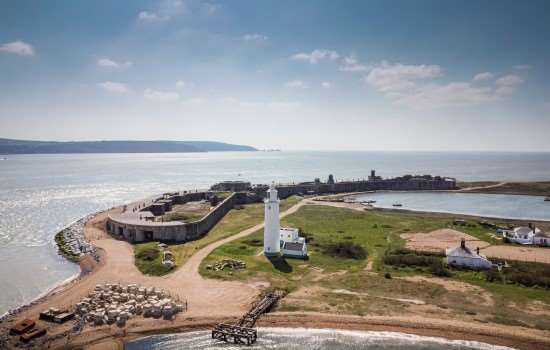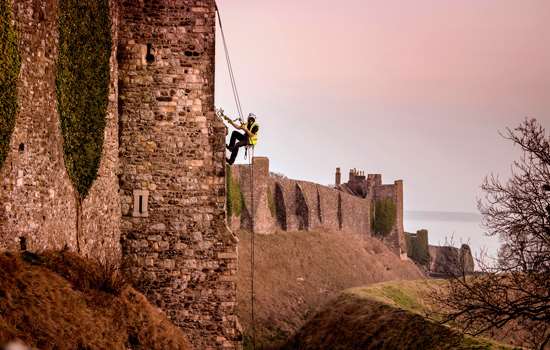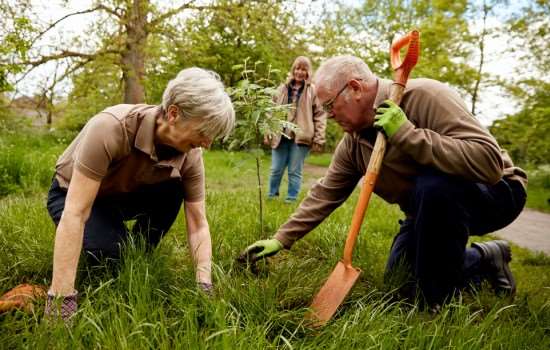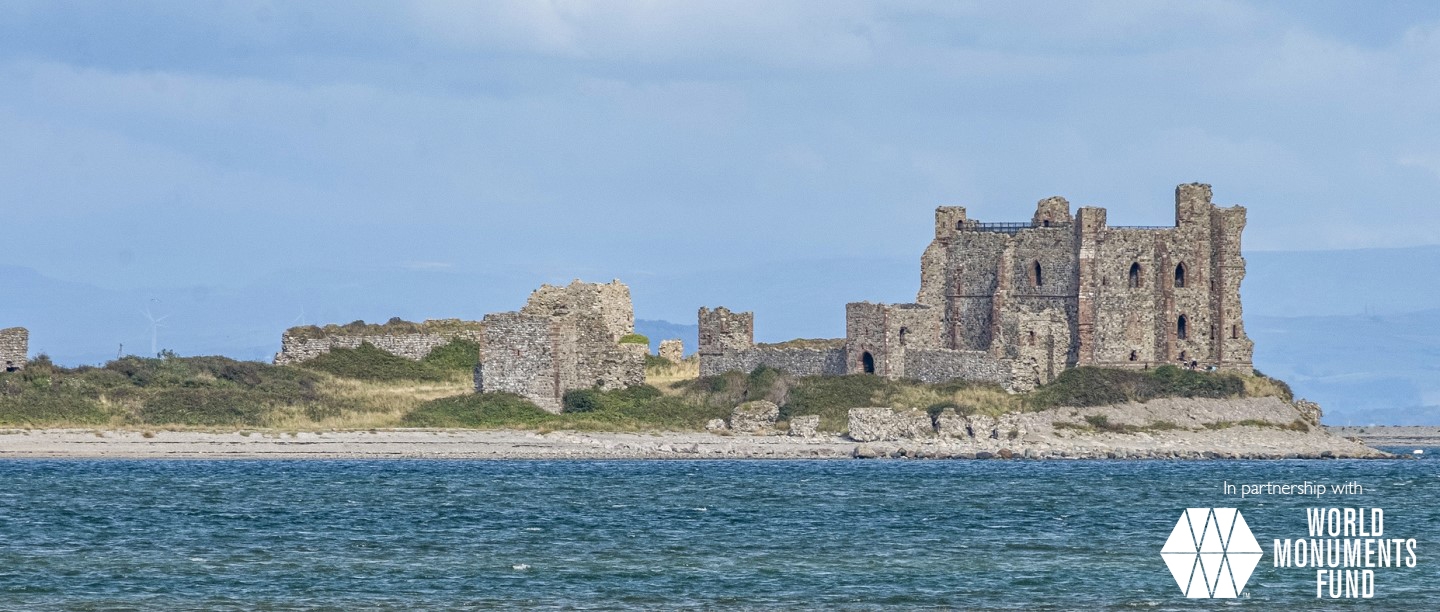The impacts of climate change, such as rising sea levels and increasing frequency of severe storms, have made coastal heritage sites even more vulnerable than before. Each year we see more evidence of damage caused by erosion and flooding, which in turn requires us to take action to conserve these sites.
As the rate of climate change accelerates, addressing its impacts poses the greatest and most complex challenges we have ever faced. Urban development, overtourism and other human activity place additional pressure on many coastal heritage sites around the world. All these challenges are exceptional, but they are not unique. Coastal processes have shaped shorelines – and communities – for millions of years. We believe that sharing knowledge with other communities and organisations who face similar challenges is the best way to adapt, learn and build resilience.
Established in 2023, following the inclusion of Hurst Castle, Hampshire, on the World Monument Watch List, the Coastal Connections project is a joint initiative between English Heritage and World Monuments Fund (WMF), a leading independent organisation devoted to safeguarding the world’s most treasured places. Since WMF was founded in 1965, it has helped to conserve over 700 sites in over 100 countries, giving the organisation a unique perspective on global heritage issues.
Coastal Connections is building a global network of coastal heritage sites by bringing together communities and organisations to share their knowledge and expertise.
Our online workshops have so far engaged with over 700 individuals from 81 countries and our growing range of digital resources is intended to help site managers, educators and stakeholders to understand the challenges and solutions facing coastal heritage around the world.
The project will develop tools and principles for guiding future management decisions. These range from the construction of sea defences to citizen science and community engagement for remembering and recording heritage.
Crucially, it will also engage with approaches such as ‘adaptive release’ that become necessary when protection becomes unsustainable in the face of climate change.
Through the development of its network and resources, Coastal Connections will enable us to meet the challenges of climate change together.
Come and visit the Coastal Connections display at Dover Castle this summer.
Find out more
-

Protecting Hurst Castle
In February 2021, a section of wall on the 19th-century east wing collapsed. Find out about our major project to protect and bring stability to the castle.
-

Sustainability
The climate and ecological crises are two of the biggest challenges facing our historic sites. Find out how we are reducing our environmental impact.
-

Climate Action Plan 2022–2025
Find out how our plan will create meaningful and sustainable change, from reducing carbon emissions to waste management and biodiversity.

